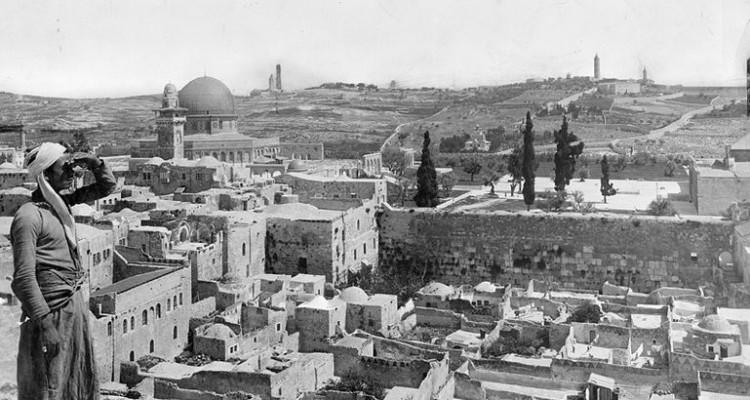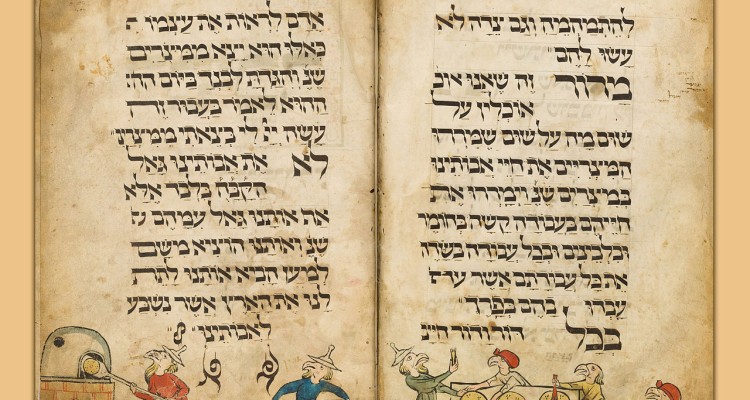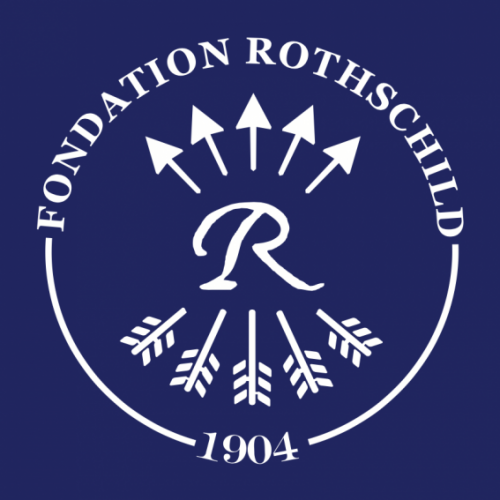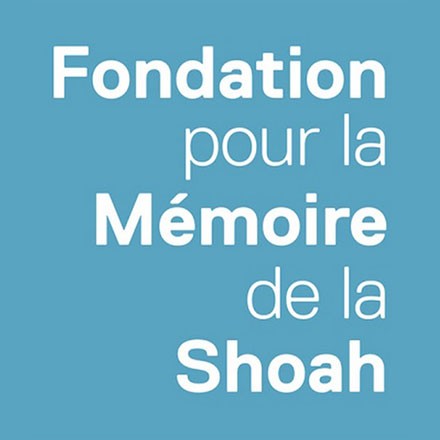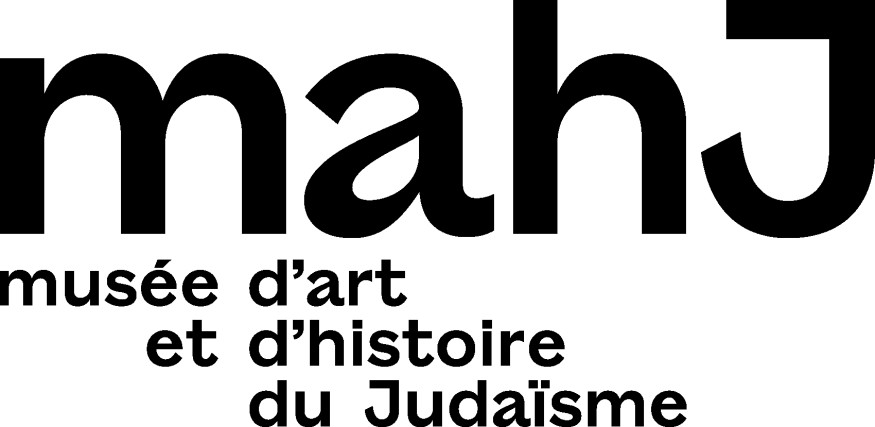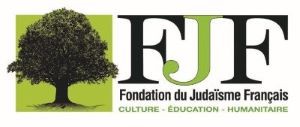Two months after October 7, while Gaza remains the scene of a confrontation with no end in sight, the question is how this event and its consequences affect the Jewish world as a whole (Israel and the Diaspora), and what political transformations are needed to fulfill the original promise of Zionism, which has been misled both by the contradictory rise of a so-called “religious” Zionism and by the choices of an increasingly irresponsible right wing that supports the illegal colonization in the occupied territories. Against a backdrop of maximum insecurity – for Israel, facing those who want to destroy it, and for its Diaspora, facing a global resurgence of antisemitism – Bruno Karsenti offers an essay in political theory that, in touch with our most vivid current situation – the pogrom that the Jews have just suffered and its aftermath – seeks to reflect on what must enable the Jewish State to regain its raison d’être. For, according to the author, “it is no less” than “a reformulation of Zionism, whose momentum on the 1948 axis cannot fail to undergo an inflection after 2023“. A reformulation on two fronts: that of the Palestinian question, which can no longer be suppressed, and that of relations between Israel and the Diaspora.
The eruption of October 7 required an unprecedented effort on the part of all of us of self-qualification. But the event also demands that Israel’s political leaders qualify the enemy, the one that unleashed its fury on the civilian population for many long hours. Of course, the enemy that conceived and planned this operation of annihilation is Hamas and Islamic Jihad. But how can we name the perpetrators when their behaviour, their commitment and their destructive motivation amount to crimes against humanity? The President of the State of Israel, stunned by the intensity of the violence on the other side of the Gaza border, was heard to say “hayot-adam”. But what can this expression “human animals” mean, what does it imply and where does it come from? Starting with Gershom Scholem’s famous 1926 letter to Franz Rosenzweig, in which he expresses his concern about the potentially explosive use of the Hebrew language in the vernacular, David Lemler investigates the origins of this expression – ‘hayot-adam’ / ‘human animals‘. From the twists and turns of rabbinic tradition to the tormented history of the Jews, it is handed down, mutating with times and contexts, before finally ending up in the mouths of those who have to wage war. The consequences of the use of such an expression, if it were to provide a lasting structure to Israeli public discourse – which does not seem to be the case so far – are not as clear-cut as those who have decided in advance that it mechanically prepares for the eradication of counter-violence would have us believe.
